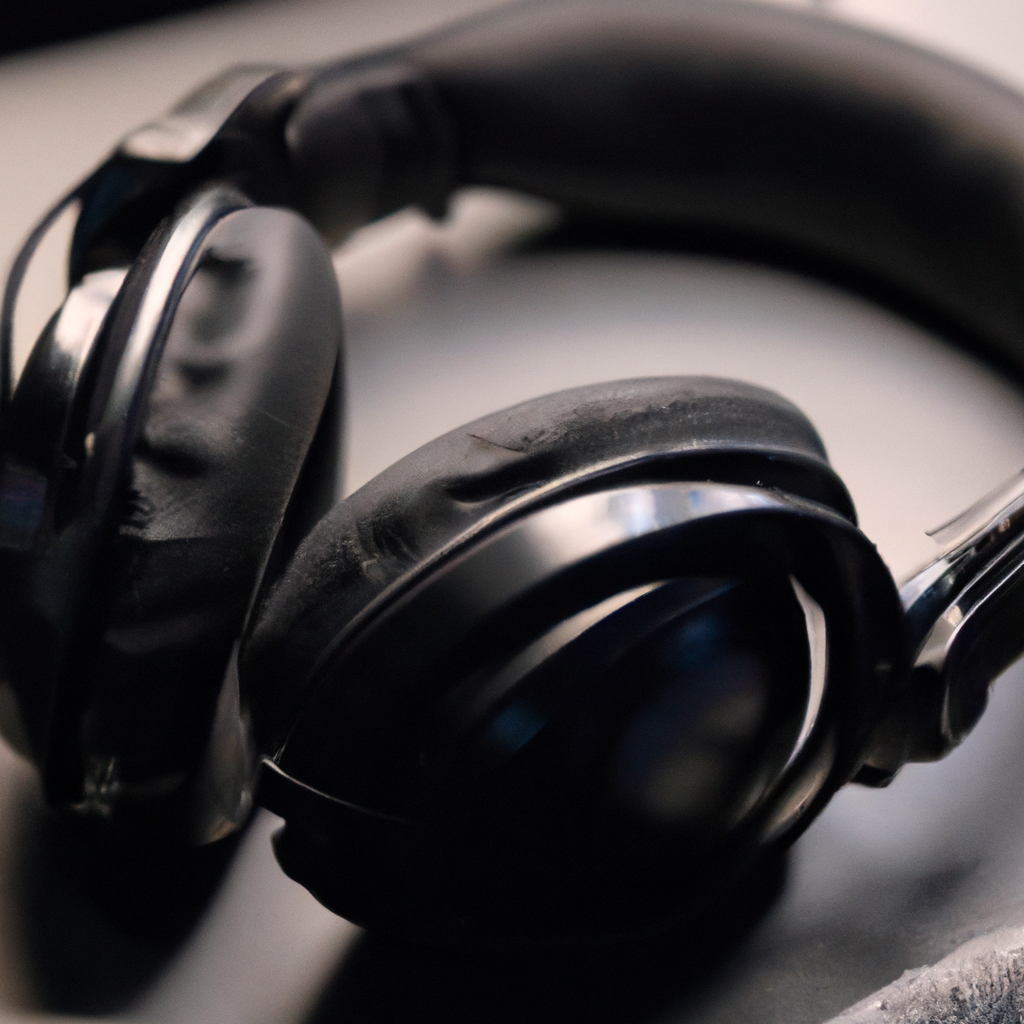Noise-cancelling headphones have become increasingly popular in recent years, allowing users to enjoy their music or audio content without interference from external noise. But how do these headphones work? In this article, we’ll explore the technology behind noise-cancelling headphones, including active noise cancellation (ANC), noise isolation, and sound waves.
What are Noise-Cancelling Headphones?

Noise-cancelling headphones are a type of headphone technology designed to reduce or eliminate external noise. Unlike traditional headphones, which simply block out noise by physically covering the ear, noise-cancelling headphones use advanced technology to actively cancel out surrounding noise.
How do Noise-Cancelling Headphones Work?
Noise-cancelling headphones work by using a combination of active noise cancellation (ANC) technology and noise isolation. Let’s explore each of these in more detail.
Active Noise Cancellation (ANC) Technology
ANC technology is the heart of noise-cancelling headphones. This technology involves using microphones to pick up external noise and then generating an equal and opposite sound wave to cancel out that noise.
When you wear noise-cancelling headphones, the microphones on the headphones pick up external noise, such as traffic, airplane engines, or conversations. The headphones then analyze this noise and generate an opposite sound wave to cancel it out.
The result is that the external noise is effectively neutralized, leaving you with just your music or audio content. ANC technology is most effective at canceling out low-frequency noise, such as the hum of an airplane engine or the rumble of a train.
Noise Isolation
In addition to ANC technology, noise-cancelling headphones also use noise isolation to further reduce external noise. Noise isolation works by physically blocking out external noise through the design of the headphones.
Noise-isolating headphones typically have ear cups that fit snugly over the ears, creating a seal that blocks out external noise. This design also helps to prevent sound leakage, so you can enjoy your music without disturbing those around you.
What are Sound Waves?
To understand how noise-cancelling headphones work, it’s helpful to have a basic understanding of sound waves. Sound waves are vibrations that travel through the air, and they can be categorized by their frequency and amplitude.
Frequency refers to the number of waves that pass a given point in a second, and it is measured in hertz (Hz). Amplitude refers to the strength or intensity of the sound wave, and it is measured in decibels (dB).
Low-frequency sound waves have a longer wavelength and a lower frequency, while high-frequency sound waves have a shorter wavelength and a higher frequency. Noise-cancelling headphones are most effective at canceling out low-frequency sound waves, which are typically the most difficult to block out.
Conclusion
In conclusion, noise-cancelling headphones use a combination of active noise cancellation (ANC) technology and noise isolation to reduce or eliminate external noise. ANC technology involves using microphones to pick up external noise and then generating an opposite sound wave to cancel it out. Noise isolation works by physically blocking out external noise through the design of the headphones.
By understanding the technology behind noise-cancelling headphones, you can make an informed decision when choosing a pair for yourself. Whether you’re a frequent traveler, a music lover, or just someone who wants to block out the noise of the world, noise-cancelling headphones can provide you with a more immersive and enjoyable audio experience.






